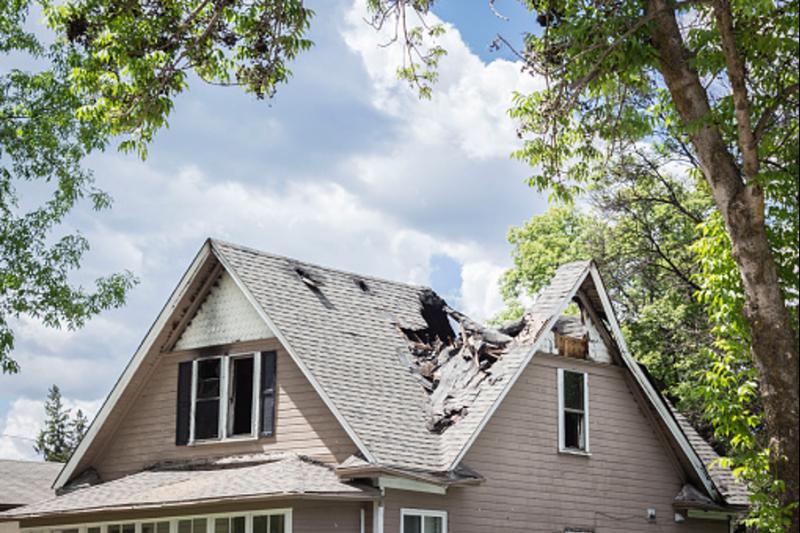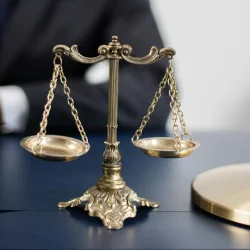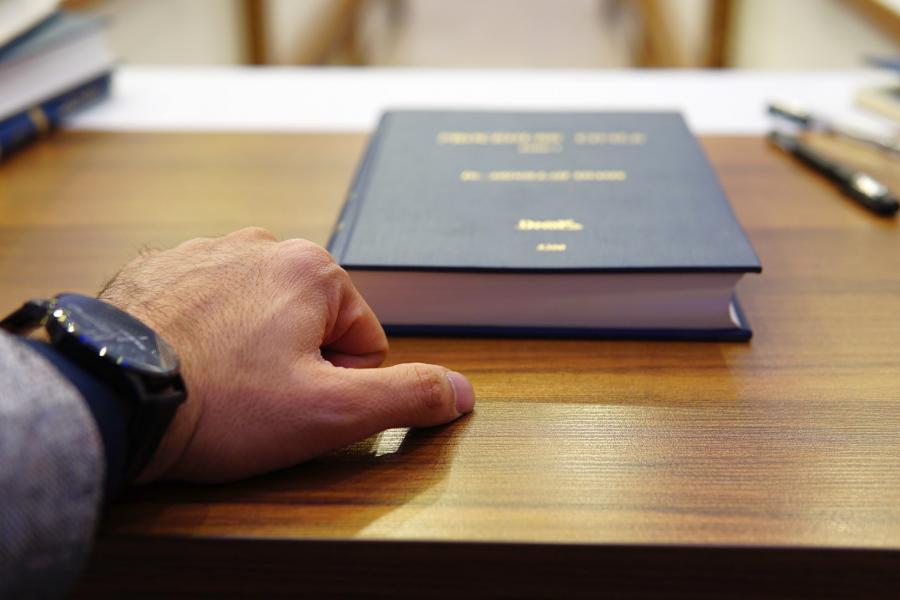How to Deal with Uninhabitable Living Conditions in your Rental

Is staying home a nightmare because of the state of your apartment? Few things are as frustrating as dealing with issues that go unrepaired. It is inconvenient, but in most scenarios, it can also threaten your safety and well-being.
This article reveals how to deal with uninhabitable living conditions in your rental. Stick around if you want to know the signs of landlord negligence and what qualifies as uninhabitable.
Characteristics of a Bad Landlord
● They ignore complaints
Savvy landlords always budget for repairs and maintenance of their rental property. Hence, they're often prompt to make fixes when the need arises. However, if your landlord dodges your calls or fails to resolve the issue timely, that's a problem. You should report a lousy landlord for unsafe conditions.
● There’s no lease
It would help if you always insisted on signing a lease before moving into a new home. A rental agreement provides legal protection to both parties, and a good landlord would be aware. Without a lease, forcing the property manager to make changes can be challenging.
● They have negative reviews
Like landlords have the right to ask you for previous references, you can also ask their past and current tenants for their reviews. Feel accessible to source for more details from people living on or around the property. You can even look up the place online for more hints.
What is an Implied Warranty of Habitability
An implied warranty of habitability refers to a guarantee that a rental home meets the minimum safety requirements. It means that a property is safe and sound before a tenant moves in and that the landlord will remain that standard throughout the tenancy. Most leases can effectively act in this capacity. However, moving into a home you know has issues can violate the warranty. Otherwise, an implied warranty of habitability lets you sue your landlord if they fail to make necessary repairs within a reasonable time.
What Makes a Property Uninhabitable
1. Structural Issues
One of the foremost concerns that make a property uninhabitable is structural issues. Problems with the roof, walls, or foundation can cause serious safety concerns and personal injury. For example, water can get in and damage your property if your roof is leaking. Further, it could even lead to electrical problems as the water seeps into the walls.
2. Absent Utilities
Living without vital utilities can be stressful and inconvenient. Imagine being unable to charge your devices because the power is out or taking a cold shower in the middle of December. Neither of these scenarios sounds pleasant and should prompt immediate action by a responsible landlord.
3. Pest Infestation
If you have a pest infestation of termites, rats, or other vermin, your house could be unlivable. Such rodents and insects threaten your health and the safety of your property.
4. Lead Paint
Lead paint poses a significant risk to the health and well-being of the residents. Studies show that it can lead to multiple respiratory issues and lung cancer in the long run. Thus, the law requires landlords to inform their tenants if such paintings are present in the house even when covered. However, paint chips might reveal the more durable lead one underneath. You have to report such issues promptly so the landlord can address them.
5. Mold Growth
Mold is another issue that threatens your health. These microscopic fungi grow in damp places and release toxic substances that cause nausea, itchiness, or more serious medical conditions. It can also damage your furniture and personal belongings. Mold growth is a housing code violation, so you should report it as soon as possible.
6. Broken Fixtures
Finally, broken fixtures can make a house inhabitable. Bad toilets, sinks, or pipes make it hard to remove wastewater. Thus, you must report any plumbing problems to your landlord or property manager.
Legal Steps Tenants Can Take
● Send a Written Notice
If you're having issues with your landlord, the first legal step you should take is to notify them. Send a written notice detailing the complaint. You should include the problem, when it started, and any resultant effects. If the property owner doesn't respond within a reasonable period, you can take further action.
● File a Complaint
Next, you can file a complaint with the local authorities. If your landlord is unresponsive, you can report the issue to housing officials, who will send summons or force them to fix it.
● Get a Lawyer
Alternatively, you could hire a lawyer. As a tenant, you're entitled to live in a habitable condition, and if your landlord violates your lease, you can sue. You're well within your rights to request reimbursement. The court can demand the property owner reimburse you for any lost wages, damaged belongings, or distress you incurred.
Conclusion
We hope you found this article insightful. Learning how to deal with uninhabitable living conditions in your rental can make life more bearable. Also, knowing the warning signs of a bad landlord can help you steer clear of such arrangements. If the property owner has already violated the implied warranty of habitability, then you're within your right to sue them. You should follow the proper legal steps when your house requires necessary repairs.
More to Read:
Previous Posts:







